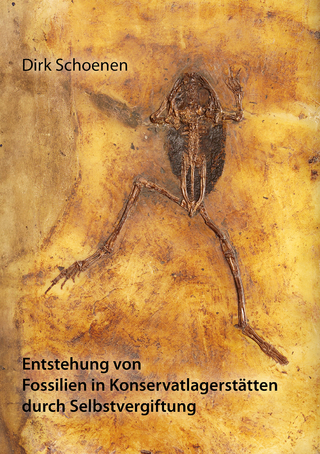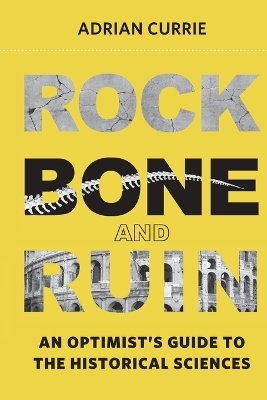
Fossil Crinoids
Cambridge University Press (Verlag)
978-0-521-45024-9 (ISBN)
Crinoids have graced the oceans for more than 500 million years. Among the most attractive fossils, crinoids had a key role in the ecology of marine communities through much of the fossil record, and their remains are prominent rock forming constituents of many limestones. This is the first comprehensive volume which brings together their form and function, classification, evolutionary history, occurrence, preservation and ecology. The main part of the book is devoted to assemblages of intact fossil crinoids, which are described in their geological setting in 23 chapters ranging from the Ordovician to the Tertiary. The final chapter deals with living sea lilies and feather stars. The volume is exquisitely illustrated with abundant photographs and line drawings of crinoids from sites around the world. This authoritative account recreates a fascinating picture of fossil crinoids for palaeontologists, geologists, evolutionary and marine biologists, ecologists and amateur fossil collectors.
Prelude; Introduction; 1. Crinoid form and function; 2. Systematics, phylogeny and evolutionary history; 3. Fossil occurrence; 4. Taphonomy; 5. Ecology and ecological interactions; 6. Middle Ordovician Trenton Group of New York, USA; 7. Middle Ordovician of the Lake Simcoe area of Ontario, Canada; 8. Upper Ordovician of the Cincinnati, Ohio area, USA; 9. Silurian of Gotland, Sweden; 10. Middle Silurian Rochester Shale of western New York, USA, and southern Ontario, Canada; 11. Scyphocrinitids from the Silurian-Devonian boundary of Morocco; 12. Lower Devonian Manlius/Coeymans Formation of central New York, USA; 13. Lower Devonian Hunsrück Slates of Germany; 14. Middle Devonian Windom Shale of Vincent, New York, USA; 15. Middle Devonian Arkona Shale of Ontario and Silica Shale of Ohio, USA; 16. Lower Mississippian Hampton Formation at LeGrand, Iowa, USA; 17. Lower Mississippian Burlington Limestone along the Mississippi Valley in Iowa, Illinois, and Missouri, USA; 18. Lower Mississippian Edwardsville Formation at Crawfordsville, Indiana, USA; 19. Upper Pennsylvania LaSalle Member, Bond Formation of central Illinois, USA; 20. Permian; 21. Triassic Muschelkalk of central Europe; 22. Pentacrinites from the Lower Jurassic of the Dorset coast of southern England; 23. Lower Jurassic Posidonia Shales of southern Germany; 24. Middle Jurassic of southern England; 25. Middle Jurassic of northern Switzerland; 26. Upper Jurassic Solnhofen Plattenkalk of Bavaria, Germany; 27. Uintacrinus beds of the Upper Cretaceous Niobrara formation, Kansas, USA; 28. Tertiary; 29. Recent; Appendices; Bibliography; Index.
| Erscheint lt. Verlag | 28.10.1999 |
|---|---|
| Zusatzinfo | 4 Tables, unspecified; 8 Plates, color; 105 Halftones, unspecified; 132 Line drawings, unspecified |
| Verlagsort | Cambridge |
| Sprache | englisch |
| Maße | 212 x 274 mm |
| Gewicht | 1130 g |
| Themenwelt | Naturwissenschaften ► Geowissenschaften ► Mineralogie / Paläontologie |
| ISBN-10 | 0-521-45024-1 / 0521450241 |
| ISBN-13 | 978-0-521-45024-9 / 9780521450249 |
| Zustand | Neuware |
| Haben Sie eine Frage zum Produkt? |
aus dem Bereich


